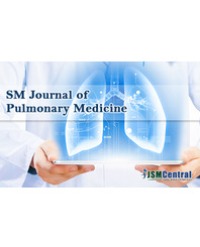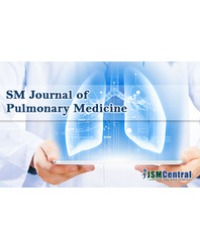Background: CAT and SGRQ are two health related quality of life questioners validated for application in patients with COPD. Our purpose is to study the correlation of these questioners in COPD patients considering separate features of disease including symptom, activity, impact and total score.
Material and Method: Between December 2014 and December 2015 validated Farsi translation of CAT and SGRQ were administered to patients with clinically proven COPD in referral center of Masih Daneshvari hospital, Tehran-Iran. The components of SGRQ score including symptom, activity, impact and total scores were calculated using excel based SGRQ calculator. Informed consent was obtained from patients. CAT questions similar to SGRQ were categorized into symptom (question number 1 to 3), activity (question number 4 and 5), and impact (question number 6 to 8), based on the meaning and concept of the questions. All data was processed by spearman correlation coefficient analysis using SPSS software version 22.
Results: Ninety nine patients [73 male (73.7%) and 26 female (26.3%)] with COPD were studied. Mean age was 57.46 ± 12.17 years old (31-87). The correlation between CAT and SGRQ in all components of questioners including symptom (0.792), activity (r=0.657), impact (r=0.467) and total score (r=0.673) was significant (p< 0.001).
Conclusion: Total scores of Farsi translation of CAT and SGRQ correlated significantly as well as the subdivided questions including symptom, activity and impact. Despite less number of questions, CAT questionnaire is able to reliably assess the different aspects of COPD patients.
Atefeh Abedini¹, Kimia Taghavi¹, Seyed Reza Seyedi¹, Atefeh Fakharian¹, Shahram Kharabian Masouleh¹, and Arda Kiani²*




